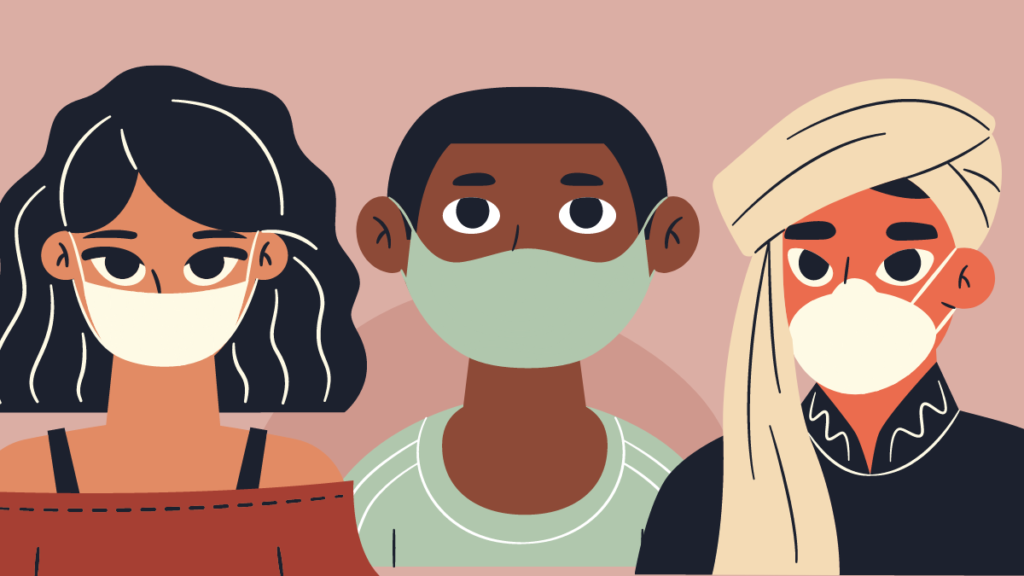World fiber consumption is increasing day by day, with an increase in the World population mainly in clothing and so is the demand for antimicrobial textiles.
Textiles are a favourite place for microorganisms’ growth because of their ability to retain moisture and the availability of large surface areas. The bacteria and other microorganisms are available everywhere and are capable of multiplying depending upon the temperature, food and moisture availability.
At a temperature of 36 – 40 degrees centigrade, few bacteria populations may get doubled every 30 minutes. One single bacteria can grow to 1 million in numbers in just 7 hours. Their growth is exponential.
The undesirable microorganisms’ growth on textiles creates unwanted effects both on textiles and users. For example, generation of unbearable mal odour, fabric becoming tendered, localized appearance of permanent stains & discoloration of textiles. Apart from this, the user is very much likely to get contaminated with microbes and suffer from various illnesses.
In the last few years, a great amount of research has been done to prevent or eliminate microbe growth on apparel/other textile fabrics. The increasing health awareness in the middle and upper class has also promoted the need for antimicrobial textiles availability in the market. The antimicrobial textiles are not only the need of the hospitals but also must in sportswear. In fact, it is needed in all textile material, where ever warm and humid conditions exist. These conditions provide a conducive environment for the bacteria to grow exponentially.
Several species, such as Escherichia coli, Staphylococcus aureus, Klebsiella pneumonia, exist everywhere and are very much pathogenic in nature and cause multiple diseases.
Due to the increasing awareness of consumers on the health risks associated with microorganisms, the demand for antimicrobial textiles has increased significantly. One of the fastest-growing demands in the textile sector is antimicrobial textiles. In Western Europe itself, 15% growth of antimicrobial is reported on a yearly basis. Antimicrobial textiles are considered as “Innovative Weapons Against Infection”.
Antimicrobial Finishing Chemical Requirements For Textiles
The ideal antimicrobial chemical should satisfy the following requirements:
- It should kill a broad range of microbes.
- It should not cause any allergy or irritation to the users.
- It should be eco-safe.
- The antimicrobial finish should be durable to domestic washing, dry cleaning and ironing.
- The physical properties of textiles like tensile & tear strength should not be adversely affected.
- The antimicrobial chemical should not make fabric feel harsh on the wearer’s skin, in fact, it should improve the feel.
- It should not cause the colour of the textile material to change.
- The appearance of the fabric should not be duller.
- It should be cost-effective.
- It should be easy to apply using the normal process on commonly available equipment such as stenter m/c, dyeing m/c or washing m/c used in garment processing.
Versatile Antimicrobial Chemical based on silver ion is highly reactive and also shows versatility in application methods. It can be applied by any method using any equipment like stenter m/c, dyeing m/c, washing m/c, sprayer or even by dip dry method using buckets and line dry under shade.

